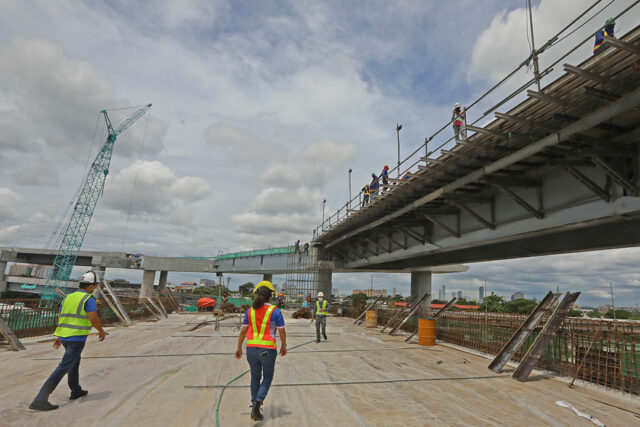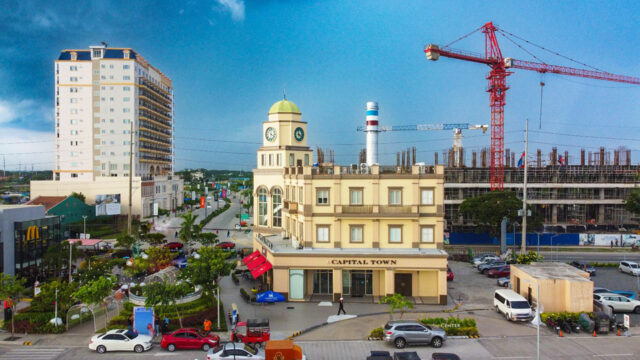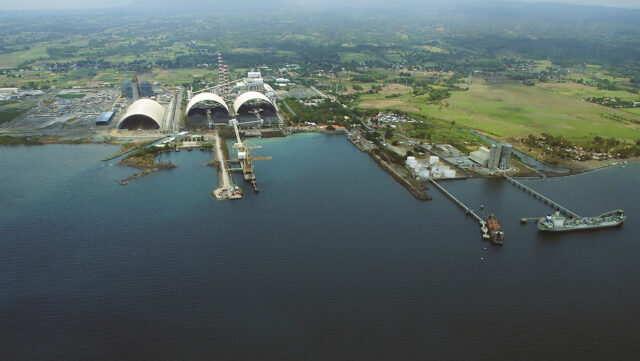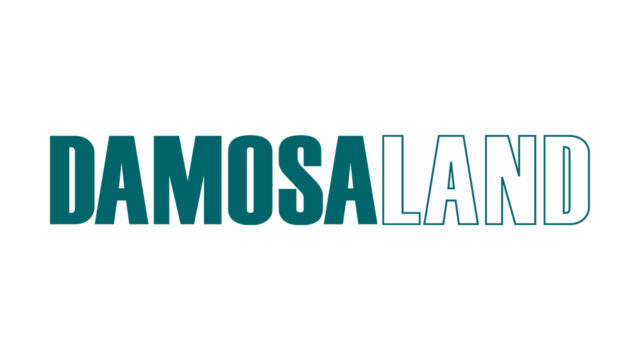INFORMAL WORKERS, which make up around 80% of the total workforce, are unlikely to benefit from the proposed P100 national wage hike, business groups said.
In a letter dated Feb. 26 to House Committee on Labor and Employment Chairperson Juan Fidel Felipe F. Nograles, four business groups led by the Philippine Chamber of Commerce and Industry (PCCI) said that workers in the public and informal sectors will not benefit from the wage adjustment.
“If the proposed legislated wage hike is enacted into law, more than eight out of 10 workers in the government and the informal sector will not receive any adjustment,” the groups said.
“In fact, only the roughly four million workers receiving minimum wages will receive the P100/day wage increase, while the other employees in the formal sector will likely receive token wage distortion adjustments.”
Informal sector workers are typically self-employed, working in microenterprises or involved in home-based work, small-scale agriculture, sari-sari stores and domestic labor.
“Definitely, the informal sector workers will, instead of getting wage adjustments, possibly experience job losses, reduced work hours, and a widening income gap between the two sectors,” the business groups said.
Last year, 16 Regional Tripartite Wages and Productivity Boards (RTWPBs) granted another round of daily wage hikes.
“The year just ended. The mandate is for the RTWPBs to review minimum wages every year. In the absence of a public consultation with key stakeholders, as in Senate Bill (SB) No. 2534, we believe that the proposed measure would lead to devastating effects, particularly to the informal sector workers,” the business groups said.
The Senate has already approved on third and final reading SB No. 2534 which proposes a P100 increase in the daily minimum wage of workers in the private sector.
The business groups said a legislated wage hike will result in higher inflation, which will be felt by the majority of Filipinos.
“Micro and small businesses, and informal sector enterprises, which operate on thin profit margins, will struggle to afford the higher wages. As a result, they may be forced to reduce their workforce, lay off employees, shut down operations, or pass on these increased expenses to consumers in the form of higher prices for goods and services,” they said.
Business groups noted that some businesses may opt for informal work arrangements to avoid paying proper wages, which can lead to a lack of job security, inadequate benefits, and the exploitation of workers.
“We strongly suggest that there must be an all-of-government and an all-of-society approach to reduce the cost of putting food on the table and implement complementary measures to support informal businesses,” the business groups said.
Aside from the PCCI, the letter was also signed by the Employers Confederation of the Philippines (ECoP), the Alliance of Workers in the Informal Economy/Sector, and the Philippine Exporters Confederation, Inc. (Philexport).
Earlier this month, 20 business groups, including PCCI, ECoP, and Philexport sent a joint statement to Mr. Nograles, opposing the plans to legislate a minimum wage increase.
DISCRIMINATORY
At the same time, a legislated wage hike could hurt low-skilled workers as employers increase hiring standards to ensure company money is wisely spent, according to a House of Representatives think tank.
“The minimum wage measures will make it illegal for employers to offer employment and wages to anyone whose skills are insufficient to justify the proposed rate,” David Joseph Emmanuel Barua Yap II, director of the Congressional Policy and Budget Research Department’s (CPBRD) tax policy research service, told the House Committee on Labor.
“An employer may have a job for someone who can produce P400 of value a day, but if the minimum wage is set any higher than that, then he is expressly prohibited by law from hiring at that price point, even if he finds people who are perfectly willing to work for that wage rate,” he added.
The committee is deliberating bills that seek to raise wages by P750 and P150.
Gerardo P. Sicat, a former professor at the University of the Philippines School of Economics, said legislated wage hikes could affect the local businesses’ competitiveness.
“We should worry about the impact of the additional cost of labor to enterprises within the economy for it affects the competitiveness of our position with the trading system of the world,” he told the committee.
Mr. Sicat said the Philippines must instead focus on reviewing its economic policies to improve the quality of wages.
“The main idea is to improve the overall investment climate. Including, of course, setting the framework for improving infrastructure, education, educational programs, training programs for labor,” Mr. Sicat told BusinessWorld on the sidelines of the hearing.
“We can’t politicize the issue of wages. It leads us down the line of failure,” he added.
Confederation of Wearable Exporters of the Philippines (CONWEP) Executive Director Maritess J. Agoncillo said the wearables industry cannot implement a legislated wage hike amid looming job losses.
“To survive 2024, and until the market recovers, I was told to say this by the board: We cannot afford not even P10 or P20 mandated or legislated [wage increase],” she told congressmen.
At a briefing on Tuesday, Ms. Agoncillo said previous wage hikes implemented by wage boards have resulted in a loss of 21,912 jobs.
In a separate statement, the Financial Executive Institute of the Philippines (FINEX) also opposed the wage hike, saying that it would force companies to increase prices, leading to further demands for wage increases.
“This will also hurt small and medium enterprises, many of which are still struggling to recover from the effects of the pandemic and can barely afford to pay current wages,” FINEX said.
FINEX urged lawmakers to look into other mechanisms to boost workers’ purchasing power “such as reducing the tariffs on and increasing or removing the quotas on food imports.” — Justine Irish D. Tabile and Beatriz Marie D. Cruz
 Building on last year’s triumphs, UP CAP is introducing dynamic initiatives to elevate your career journey. The hybrid Opening Program kicks off on March 4, 2024, at 9:00 a.m., seamlessly blending virtual and physical participation. Dive into a wealth of knowledge with Online Webinars from March 4-5, captivating minds from 9:00 a.m. to 7:00 p.m.
Building on last year’s triumphs, UP CAP is introducing dynamic initiatives to elevate your career journey. The hybrid Opening Program kicks off on March 4, 2024, at 9:00 a.m., seamlessly blending virtual and physical participation. Dive into a wealth of knowledge with Online Webinars from March 4-5, captivating minds from 9:00 a.m. to 7:00 p.m.
![[UPCAP-Y36]-FINAL-Main-Pub-(2)-OL](https://www.bworldonline.com/wp-content/uploads/2024/02/UPCAP-Y36-FINAL-Main-Pub-2-OL-640x1220.jpg)

 “The country’s economic indicators remain strong. GDP grew by 5.6% in 2023. Nevertheless, it still outpaced major economies in Asia such as China, Vietnam, and Malaysia,” Mr. Monzon said.
“The country’s economic indicators remain strong. GDP grew by 5.6% in 2023. Nevertheless, it still outpaced major economies in Asia such as China, Vietnam, and Malaysia,” Mr. Monzon said.











